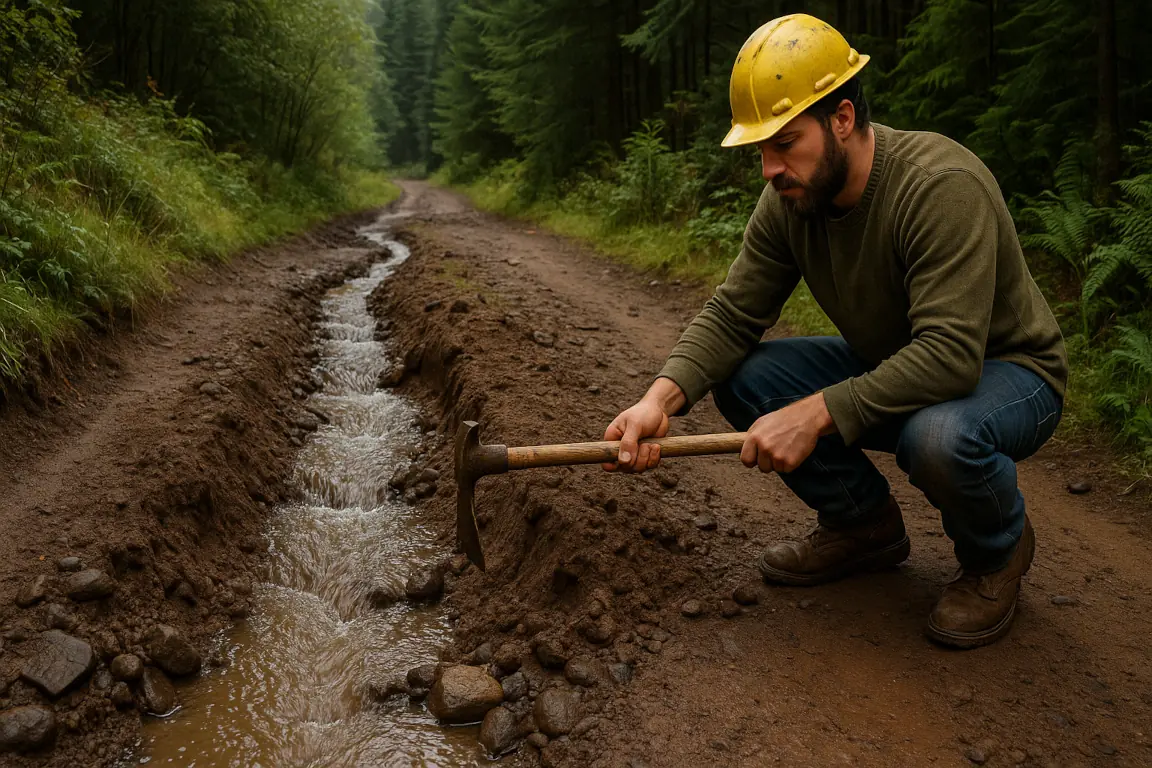
Mastering Trail Drainage
Learn essential techniques to manage water flow, prevent erosion, and extend the lifespan of your mountain bike trails.
Overview
Why Proper Drainage Matters
Proper drainage is arguably the most important aspect of sustainable trail building. Without it, even the best-designed trails will quickly deteriorate, leading to erosion, rutting, and potentially dangerous riding conditions. This tutorial covers the fundamentals of trail drainage and provides practical techniques to implement effective water management systems.
Benefits of Proper Drainage
- Prevents erosion and trail degradation
- Extends trail lifespan by years or decades
- Reduces maintenance requirements
- Improves rider experience in all weather conditions
- Protects surrounding ecosystem from sedimentation
Common Drainage Problems
- Standing water and mud pits
- Ruts and gullies from water flow
- Trail braiding as riders avoid wet areas
- Sediment buildup blocking drainage features
- Washouts during heavy rain events
Key Drainage Techniques
- Grade Reversals - Subtle changes in trail direction that create dips and rises every 20-30m to force water off the trail
- Rolling Grade Dips - Combination of a knick (cut) and a ramp that diverts water while maintaining rideability
- Outsloping - Building the trail with a 2-5% tilt toward the downhill side to naturally shed water
- Waterbars - Rock or log structures installed at 30-45° angles to divert water off the trail surface
- Culverts - Pipes or structures that allow water to flow under the trail at stream crossings
- French Drains - Subsurface trenches filled with gravel and perforated pipe for persistently wet areas